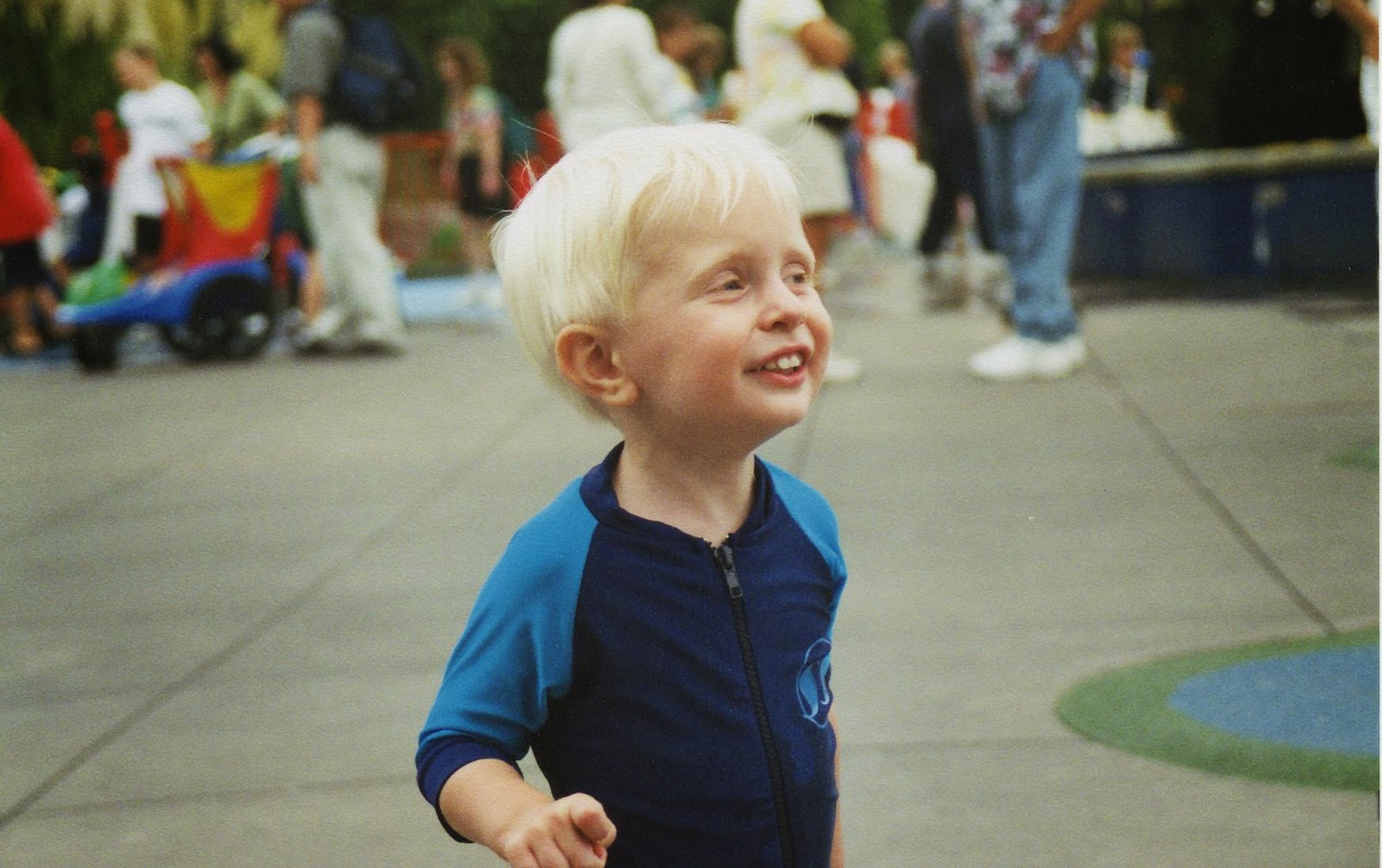Thanksgiving traditions bind the years—and family—together
| We brined the turkey with good results. |
Every year on Thanksgiving for as long as I can remember, I’ve
made a Thankful Turkey. It’s probably something my mother started, and like her
famous apricot Jello salad, it has become a mainstay of this fourth Thursday in
November, a tangible reminder of all I have and how grateful I am. I’ve passed the
tradition on to my own children: each year, we trace our hands on brown
construction paper, then cut colorful feathers in red and green and blue. A
sharpie makes the eyes; a
Then we write what we are thankful for. This year, my
children are grateful for family, friends, food, and video games.
And I am grateful for them.
This year, my family celebration is small—just three of us.
The younger children are with their father, and my oldest son is with his
grandma in California. He claims my mother’s Thanksgiving spread is superior to
mine, that it is, in fact, “the best Thanksgiving dinner anywhere on planet
Earth.” He’s right.
This year, my turkey is small, and after consulting with my
husband and my one remaining child, I have decided to forego making pies (none
of us actually like them) and stuffing (too many calories). But my son insisted
on the Jello. I only make Jello twice a year, and my mom’s recipe, with its
pineapple custard and Cool-Whip topping over layers of bananas and marshmallows,
is really a culinary delight that rivals anything I’ve eaten in a five-star
restaurant.
| Jello salad is love. |
I am thankful for that Jello, and for everything it
represents. One of my first memories is standing barefoot on a step stool (we
never wore shoes in Hawaii, where I spent my first few years), stirring and
stirring as my mother poured hot water over the orange colored crystals. It
seemed like a magic trick to me, the way the liquid would set into something
that was not quite a liquid, not quite a solid, a delightful slippery colloid
that rolled around in your mouth and jiggled on the plate, casting amber-colored
light on the wall when the sun hit it just right.
Each year, I learned more about how to cook a Thanksgiving
dinner. At six, I snapped beans. When I was eight, I learned to make rolls,
kneading the soft stretchy dough with my balled fists, then pushing it “like a
mushroom” (my mother’s words) through a circle I formed with my thumb and
forefinger. My rolls were smaller than mom’s, and awkwardly formed at first.
But each year, they were more and more round.
At ten, I made the mashed potatoes (“don’t skimp on the
butter!”); at twelve, I was I charge of gravy (“use ice cubes to defat the
turkey drippings.”). But my mother always made the turkey, rising at five in
the morning to prepare the massive bird that would feed six children and a few
missionaries.
I’ve been thinking a lot lately about how the food we make
for our children is a tangible sign of our love for them. Sure, we could feed
them a steady diet of pop tarts, and they would probably grow up just fine. But
for me, at least, providing my family with a home-cooked meal made with fresh,
wholesome ingredients is a part of an unspoken contract of love I share with
them. And Thanksgiving is the culmination of that contract, a culinary
exhibition of skills learned over the years.
As I sit in my new kitchen, surrounded by delicious smells
and delightful memories, I realize that I’ve finally learned the recipe for a
happy Thanksgiving: start with low expectations, add lots of butter, and top
the Jello salad with liberal amounts of love, preferably in the form of pineapple
cream cheese custard.
My Mom’s Jello Apricot Salad
- 2 small or 1 large package apricot Jello (peach will also work in a pinch)
- 2 cups boiling water
- 2 cups cold water
Make the Jello according to package directions. Add 2 sliced bananas and ½ bag small marshmallows. Let the
Jello set.
Topping
- 1 cup pineapple juice
- 2 eggs
- 1 cup sugar
- 4 Tbs flour
Cook together until thick, stirring constantly with a whisk.
Cool, then fold in 2 packages light cream cheese. Beat until smooth. Spread
topping across the Jello. Then top with one package light Cool-Whip. Chill and
serve with love.
